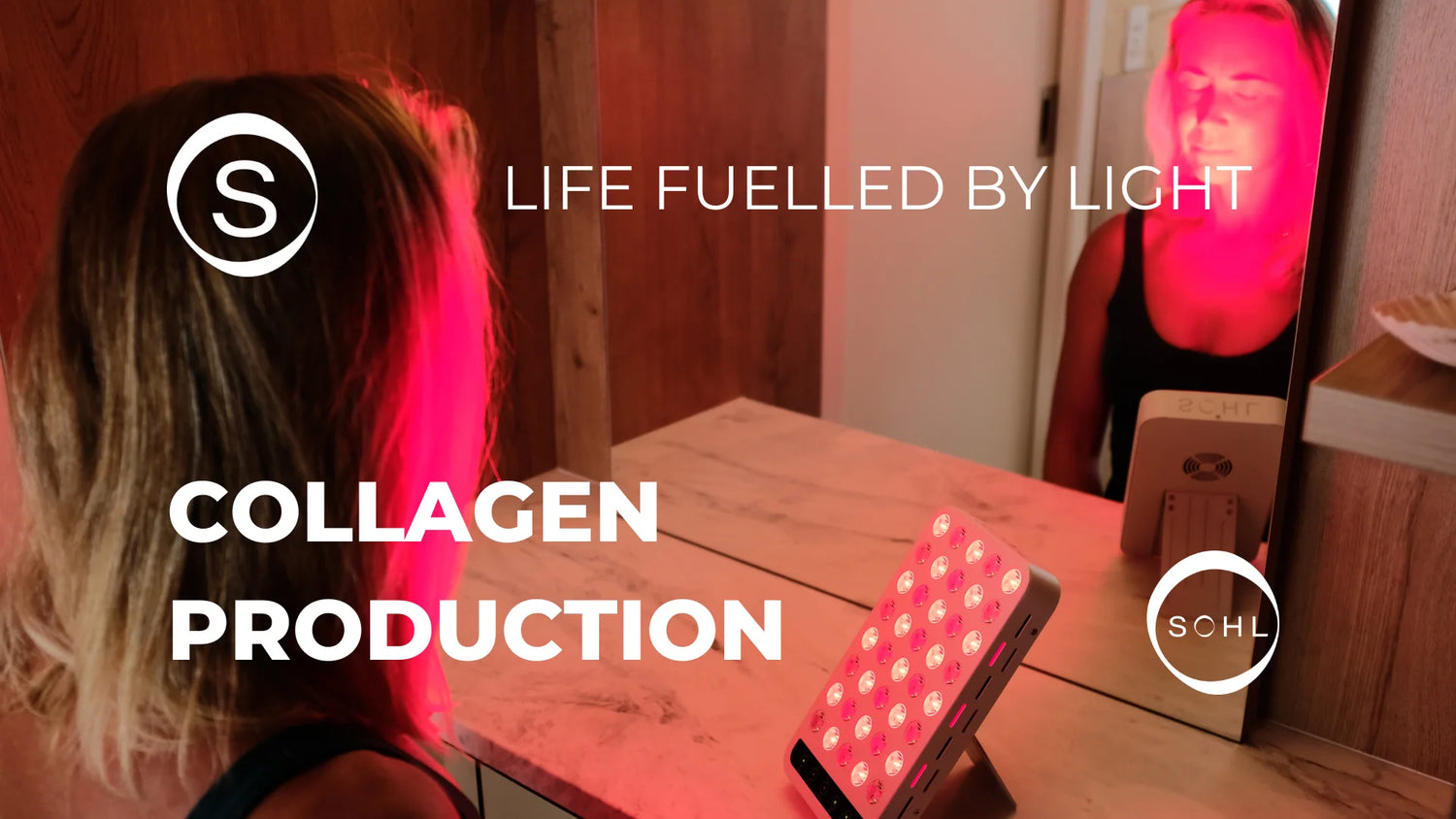Mitochondria are the powerhouses of our cells, responsible for producing energy in the form of ATP (adenosine triphosphate) through a process known as cellular respiration. They are organelles found in almost all eukaryotic cells, and their proper functioning is essential for overall health and wellness. In recent years, researchers have discovered that red light therapy can improve mitochondrial function, leading to numerous health benefits.
What are mitochondria?
Mitochondria are small, oval-shaped organelles found in the cytoplasm of most eukaryotic cells. They are often called the "powerhouses" of the cell because they generate the majority of the cell's energy through a process called cellular respiration. Cellular respiration is a metabolic process that converts glucose and oxygen into ATP, the energy currency of the cell.
Mitochondria have their own DNA, separate from the cell's nuclear DNA, and reproduce through a process called fission. They also play a role in other cellular processes, including apoptosis (programmed cell death), calcium signalling, and the synthesis of various molecules, such as heme and steroids.
What is red light therapy?
Red light therapy, also known as low-level laser therapy or photobiomodulation, is a non-invasive treatment that uses low-level red or near-infrared light to stimulate cellular function. The light is typically delivered through LEDs or lasers and is absorbed by the mitochondria, where it enhances cellular respiration and energy production.
Red light therapy has been studied extensively for its potential health benefits, including improved skin health, reduced inflammation, and enhanced muscle recovery. It has also been shown to improve mitochondrial function, leading to a range of additional health benefits.
How does red light therapy improve mitochondrial function?
Red light therapy works by stimulating the production of ATP in the mitochondria, which improves cellular respiration and energy production. The red or near-infrared light penetrates the skin and is absorbed by the cytochrome c oxidase (CCO) enzyme in the mitochondria. This interaction triggers a series of chemical reactions that lead to increased ATP production and improved mitochondrial function.
Red light therapy has also been shown to increase the production of reactive oxygen species (ROS), which are essential signaling molecules that play a role in mitochondrial function. ROS can activate various cellular pathways that improve mitochondrial health and stimulate the production of antioxidant enzymes that protect against oxidative stress.
The benefits of red light therapy on mitochondrial function
Red light therapy has been shown to improve mitochondrial function in numerous ways, leading to a range of health benefits. Here are some of the key benefits of red light therapy on mitochondria:
-
Improved energy production: Red light therapy enhances cellular respiration and ATP production, which can lead to increased energy levels and improved athletic performance.
-
Reduced oxidative stress: Red light therapy can stimulate the production of antioxidant enzymes that protect against oxidative stress, which can damage mitochondria and other cellular structures.
-
Enhanced muscle recovery: Red light therapy has been shown to improve muscle recovery after exercise by reducing inflammation and promoting cellular repair.
-
Improved skin health: Red light therapy can improve collagen production and reduce inflammation, leading to improved skin health and a more youthful appearance.
Conclusion
Mitochondria are essential for overall health and wellness. Red light therapy has been shown to improve mitochondrial function, leading to numerous health benefits. By enhancing cellular respiration and energy production, reducing oxidative stress, and promoting cellular repair, red light therapy is a powerful tool for improving health and wellness.





